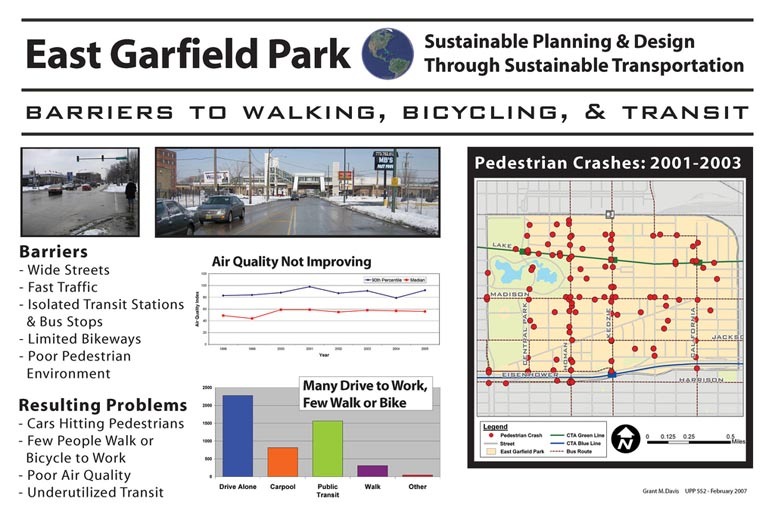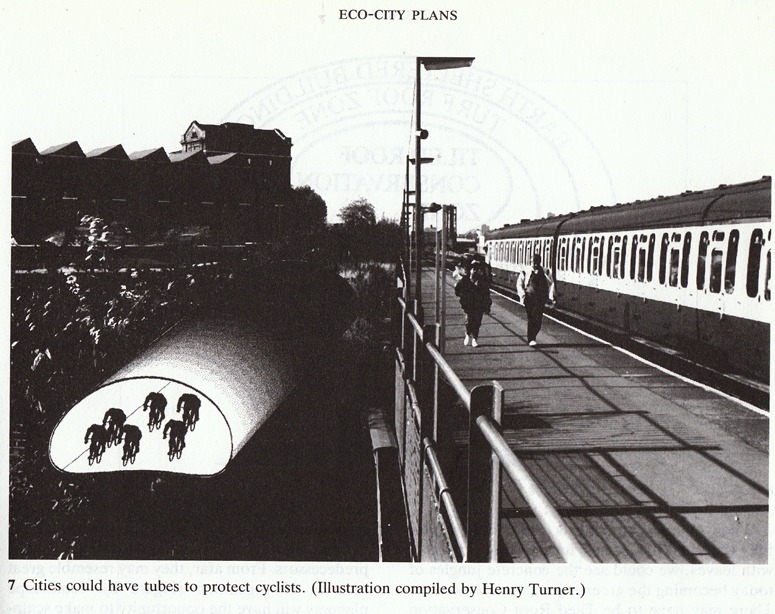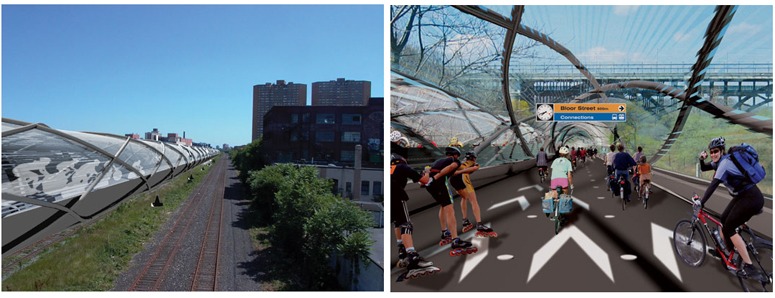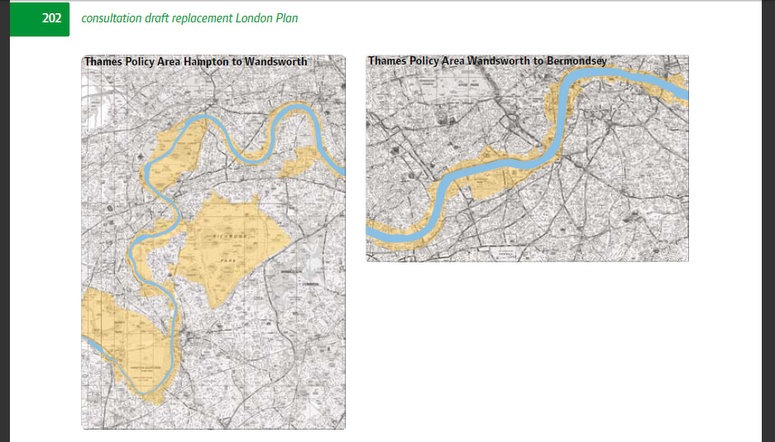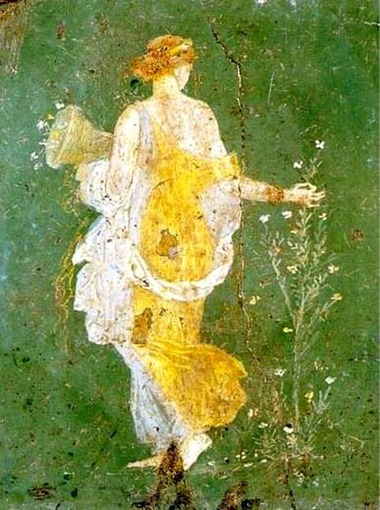
Fresco painting of Flora, or Primavera,found in the luxurious resort of Stabiae in the Bay of Naples. von Stackelberg sees the image (p.1) as 'one of the most haunting and popular icons of Roman art. Wearing a yellow robe, seductively slipping off one shoulder, she turns her half-naked back towards the viewer. Her left arm cradles a basket of flowers; her right hand reaches out to pluck a spray of cream-coloured blossoms. Her head is angled so that she almost, but not quite, reveals her profile....Is she in the Elysian Fields, a meadow, a garden?'
Katherine T. von Stackelberg has written a book on The Roman Garden (Routledge 2009). At $100 for 182 pages, the list price seem high. Her work began ‘one spring morning when my mother asked what Roman gardens looked like’. The 16 b&w illustrations do not provide much of an answer. Seeing garden history as a ‘word and image’ subject, I regret that more effort was not put into picture research. The beautiful painting of Flora, right, is discussed on page 1 but it is not reproduced as a plate and there is no reference to the book jacket – on which it appears as a dull sepia image.
Chapter 1 has some useful information on Roman use of gardens. Chapter 2 opens with the remark that ‘all landscapes are, to a greater or lesser extent, cultural constructions’. Does she mean that the world had no landscapes before Homo sapiens evolved? I don’t think so. The chapter is an unenlightening application of cognitive theory and Bill Hillier’s space syntax theory to gardens. Nor are Foucault and Lefebvre are easy companions for a garden walk. Chapter 3 is about Experiencing the Roman Garden but should perhaps be called ‘How a cultural theorist would experience a Roman garden’. It says little about sights, scents or sounds. I fear the author’s mother will know little more about ‘Roman gardens looked like’ if and when she reaches the end of her daughter’s book – in fact I would recommend her to begin with the three Case Studies in Chapter 4. I can however recommend this book to people who are interested in the polsemic potential of gardens as a vehicle of communication (p.141).
 Definitely, ideas should continue to be re-cycled. Think how many generations have recycled the classical orders, always with variations on the theme.
Definitely, ideas should continue to be re-cycled. Think how many generations have recycled the classical orders, always with variations on the theme.
